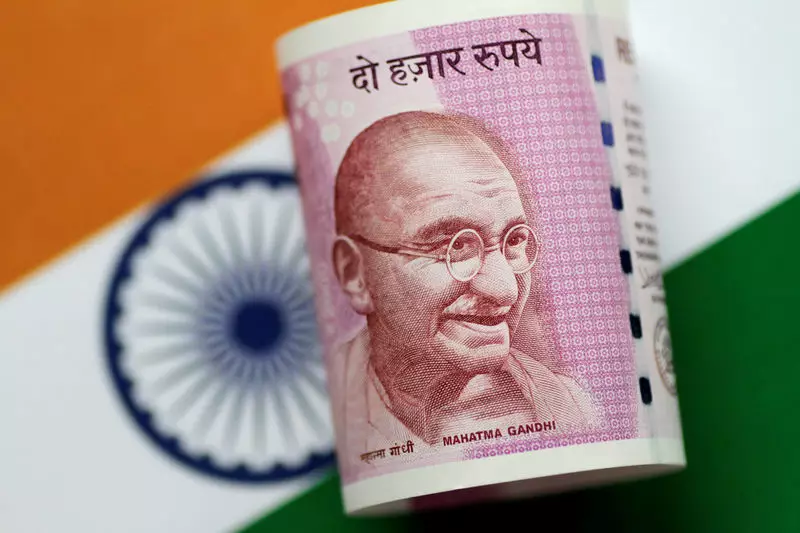Recent analysis from Barclays unveils critical insights regarding the movements of the USD/INR exchange rate, painting a complex picture influenced by a multitude of economic variables. The Reserve Bank of India (RBI) appears to be adapting to these dynamics by allowing the USD/INR rate to discover a new trading range, with projections suggesting it may gradually approach 84.40. This is not merely a shift in currency prices but an indication of underlying economic health, bolstered by external pressures such as fluctuating crude oil prices, escalating gold values, and a robust US dollar.
The currency exchange landscape is rarely straightforward, and the current scenario is no exception. The rise in crude oil prices and gold, which recently reached record highs, plays a significant role in shaping investor sentiment. Additionally, a highly valued US dollar creates challenges for emerging markets like India. In October, this led to a notable trend of foreign portfolio investors pulling back from Indian equities, signaling a collective market strategy amidst increasing risk aversion.
While there has recently been a dip in crude prices, other balance of payments concerns continue to loom over the Indian market. These ongoing economic challenges are likely prompting the RBI to adopt a less interventionist stance regarding the USD/INR trading range, indicating a potential tolerance for higher rates without aggressive countermeasures.
Barclays predicts that foreign investment in Indian equities will further decline as the year concludes, driven by an overall slowdown in growth and a hazy outlook on domestic inflation. This situation is compounded by a strategic reassessment among global investors regarding their allocations in emerging markets, particularly in anticipation of the upcoming US elections.
Despite these potential headwinds for equity investments, it’s vital to recognize that a significant downturn in Indian stock indices is not anticipated. Domestic buying power remains robust, buoyed by the increasing financialization of household wealth in India. The interplay of local demand and external challenges illustrates a resilience within the market that may mitigate the impact of foreign selling.
The RBI’s Exchange Rate Management
The RBI’s recent decision to allow the USD/INR exchange rate to hover above 84 points brings to light its evolving strategies in managing currency fluctuations. Barclays highlights an intriguing aspect of this strategy: the substantial gains witnessed in the Indian Rupee’s nominal effective exchange rate (NEER) since late September. Such shifts indicate that the RBI is not merely reacting to market stimuli but is recalibrating its approach to align with broader economic trends.
Further complicating this picture, the International Monetary Fund (IMF) has reclassified India’s exchange rate regime, reflecting the RBI’s averaged approach towards management. However, it is worth noting that the RBI contests this classification, defending its actions as necessary to maintain market stability rather than a lack of commitment to a floating rate.
The landscape of the USD/INR exchange rate is marked by intricate interactions among various economic determinants. While Barclays presents a cautious outlook amidst challenges, the resilience of domestic buying and strategic RBI interventions suggest a balanced approach moving forward. Investors and market analysts alike will need to closely monitor these elements as they navigate the evolving financial terrain of India.


Leave a Reply